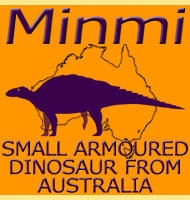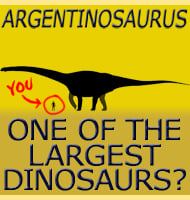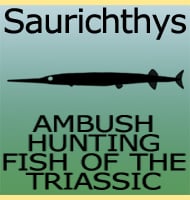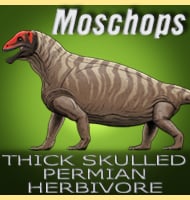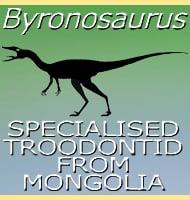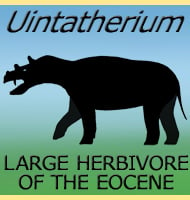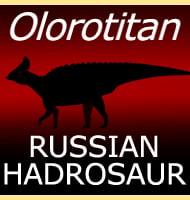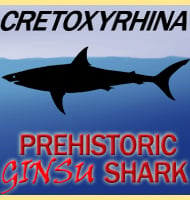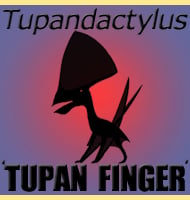In Depth
Ouranopithecus is often considered to be a dryopithecine ape (similar to Dryopithecus); however there are others who consider Ouranopithecus to be a member of the Ponginae (orangutan-like apes). Usually however Ouranopithecus is placed within the Hominidae due to the shape and form of the sinuses, although it may also be a late surviving ancestor of apes and humans.
Ouranopithecus had low molar teeth which had a thick covering of enamel. In depth analysis of the teeth has led palaeontologists to conclude that Ouranopithecus had diet heavy in hard foods items such as nuts and/or tubers. Like with most primates, the teeth exhibit clear signs of sexual dimorphism with males have much larger canine teeth than females.
Further Reading
– Les primates hominoides du Vall�sien de Mac�doine (Gr�ce). �tude de la machoire inf�rieure. – Geobios. 10 (6): 849–855. – Louis de Bonis & J. Melentis – 1977. – Dental metric variation in early Hominids comparison between Australopithecus afarensis and Ouranopithecus macedoniensis. – Comptes Rendus des S�ances de l’Acad�mie des Sciences. Serie III Sciences de la Vie. 292: 263–266. – Louis de Bonis et al. – 1981. – Ouranopithecus and dating the splitting of extant hominoids. – Comptes Rendus Palevol. 3 (4): 257–264. – Louis de Bonis & George D. Koufos – 2004. – A new great ape from the lower Miocene of Turkey. – Anthropological Science. 115 (2): 153–158. – Erksin Savas G�le�, Ayla Sevim, Cesur Pehlevan & Ferhat Kaya – 2007.

